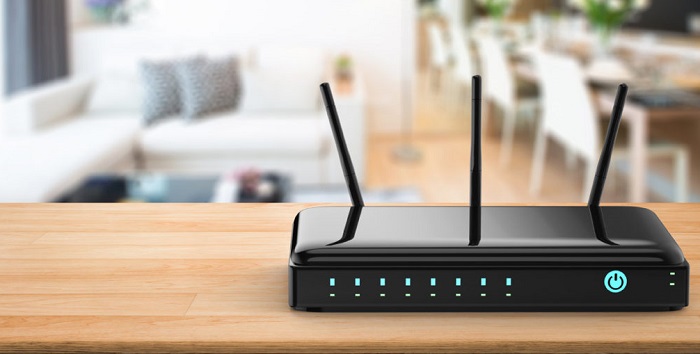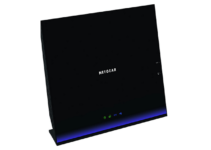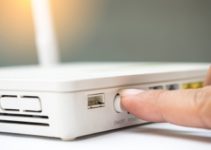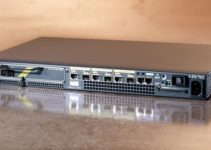10.0.0.2 Internet Protocol address is the default IP employed by almost all the organizations for their personal network. Routers kept for office uses to assign the primary IP like 10.0.0.1 as their standard portal and keep 10.0.0.2 as the alternate network for customers to use.
However, for brands such as Siemens, Edimax, and Micronet, 10.0.0.2 is the default gateway for logging in. The subnet is a subcategory of an IP network. Creating a subnet that starts with 10.0.0.2 in a private network helps to avoid network trafficking.
This dodges network conflict and facilitates smooth communication within the network. As the network is vast in offices, routers need to occupy a good number of devices. In such environments, they usually use 10.0.0.1 as the standard medium for login, which is set in a way that the second network holds an Internet Protocol address starting with 10.0.0.2 for the customers.

What is the Usage of the 10.0.0.2 Modem Login?
- IP QoS: Permits you to set bandwidths for computer systems to escape overload.
- WPS: WPS is a network security setup that makes sure a quick wireless connection, which is more accurate and safer.
- DNS and Proxy Settings: The Domain Names System is a decentralized naming system for computers that converts a domain name to IP address for browsers to access internet resources.
On the other hand, a proxy is a means of communication between the client who seeks resources and the server which offers the service. It assumes the role of an intermediary between the two. - MAC Address: MAC address is the unique and special address of a device that distinguishes it from other systems connected in a network.
- LAN, WAN, and WLAN Settings: Permits you to make settings on diverse kinds of area-specific networks. In order to set the security configurations, you can make use of 10.0.0.2 DNS.
- PPPoE: This Protocol helps to manage the data transferred through cable networks and provides other network aids such as authentication and data compression.
- DHCP: The DHC Protocol permits the server to allocate a varied IP address in a serial order.
Above all, the admin login page allows you to enter the settings of your modem and get the Wi-Fi credentials.
Read Also:
What are the steps to get to the 10.0.0.2 Login Page?
The steps to access the 10.0.0.2 login page are as follows:
Step 1: Open your system’s browser and type 10.0.0.2 in the address bar. Press the Enter button to go to the admin login page.
Step 2: You will receive the https://10.0.0.2 address for login.
Step 3: Type the login credentials and click the Enter key.
Step 4: After a successful login, the network settings page appears. You can now make any configurations you need.
In the case of some brands, they will not ask you to enter any details for the login. It will redirect you straight to the settings page.
Steps to Login on 10.0.0.2 Telkom
Step 1: Open your browser, type http://10.0.0.2, and press the Enter key.
Step 2: This takes you to the page for login. Type the router’s details and press the login button.
Step 3: By the completion of these steps, you will log in to the modem’s settings.
What if you Forget the Password?
The first thing to do when you have forgotten the password is to check if you have noted it down anywhere. If you cannot find the password, you should carry out a force restart on the modem. The force restart will configure the router to its default factory settings.
What are the Steps for Resetting the Router Password?
Find the reset button of your router and press the button with a sharp object with a pointed edge. Hold it still for 20 to 30 seconds. This process would reset your modem, and now you will be able to login with the help of the default credentials.
If you have already changed the default credentials, the reset brings the router back to its factory settings. You can check the standard user ID and passcode for your device by searching for it on Google. The list of default login passwords and usernames for each router model is available on various websites.
What to do if you Forget your Telkom Wi-Fi Password?
Telkom routers have greater durability and are good choices for houses and mini offices. Modems have the standard gateway Internet Protocol address for logging in and managing the configurations. Hence, for Telkom, you should acquire it through 10.0.0.2.
Forgetting the Telkom Wi-Fi password is a common problem, as many users do not keep the credentials safe. Nevertheless, this issue is easily solvable. If you have forgotten your Telkom Wi-Fi password, you can solve it by any of these two options:
- Change the default login credentials.
- Reset the system by pressing the reset button for 30 seconds
To Change the Default Login and Password
- Firstly, open your browser and type the address https://10.0.0.2 in the URL bar.
- When the login page appears, enter the credentials required. You have to enter the standard details. For Telkom, the default username is blank/nothing, and the default password is “Admin”.
- As the default login is easily accessible, you have to set a new password and username for the router. Otherwise, it becomes prone to hacking. Make sure your credentials are unique by including alphabets, numbers, and special characters.
- After this, you have to set a unique SSID. If it is not changed, others can easily access your router settings. Hence, change the SSID to make the router secure.
- Finally, you have to update the security settings of your router. Under the Security section, select WPA2-PSK encryption, which is the default grade for network encryption.
Reset Telkom Router Password
To reset the router, press and hold the reset button with a pointed object for 15 to 30 seconds. Release the button after 30 seconds, and the router shall be reverted to its factory settings.
Read Also:
Conclusion
Users tend to forget the login credentials of routers, as many are not careful about it. For logging in to your router’s settings, you require the username and password. This problem is solvable as you can reset the router to factory settings and access it through the default credentials. This article provides detailed instructions on how to manage the login problems of your D-Link router. I hope this helps you.


